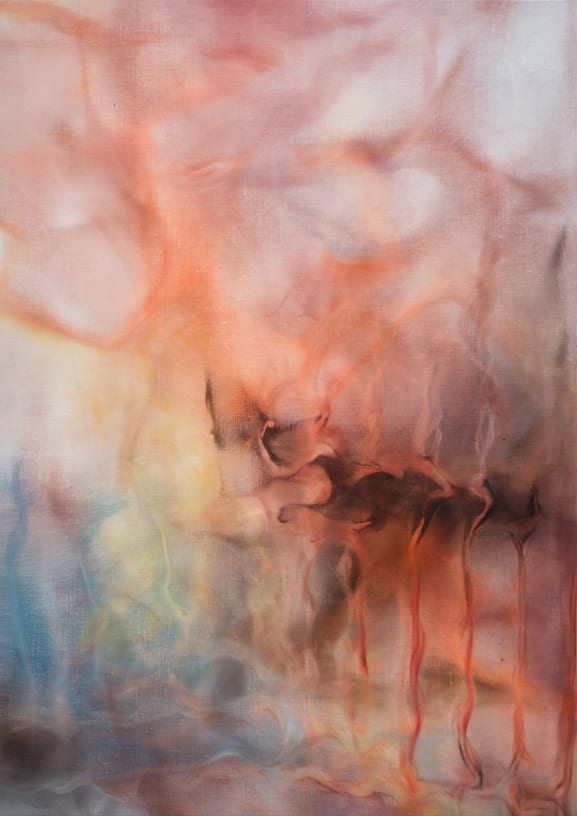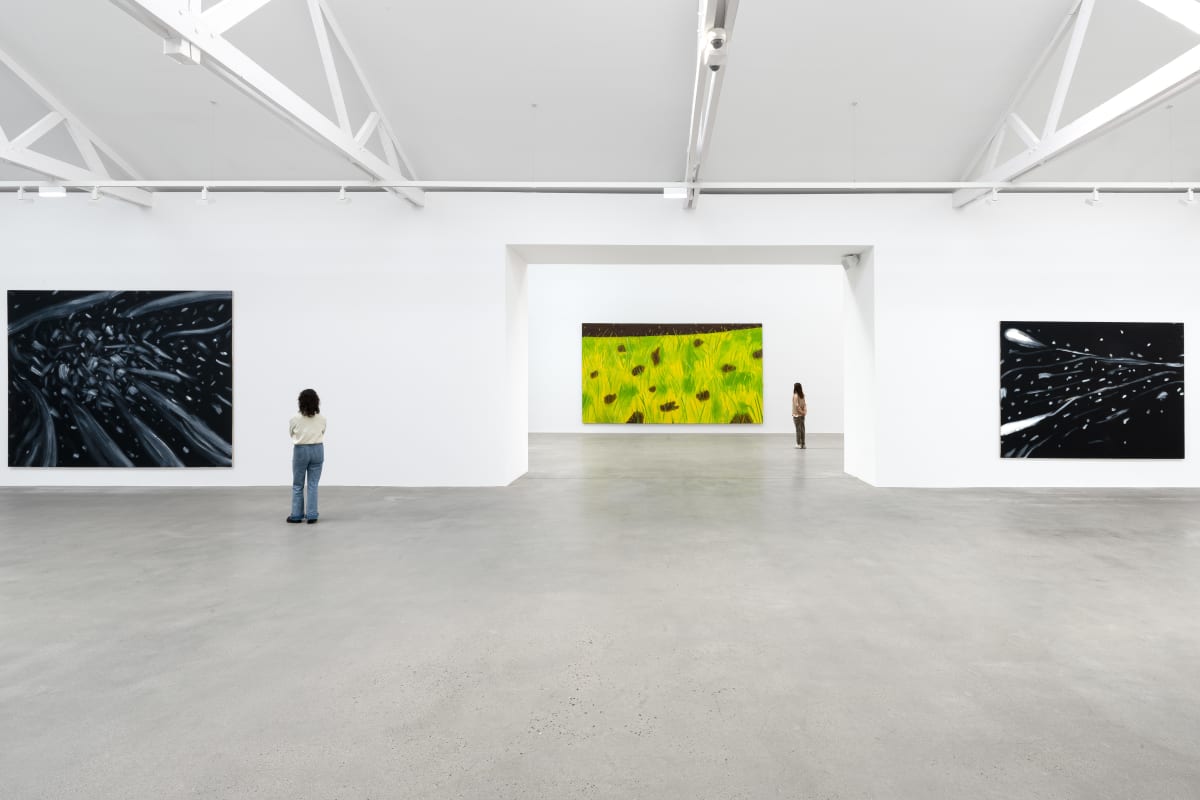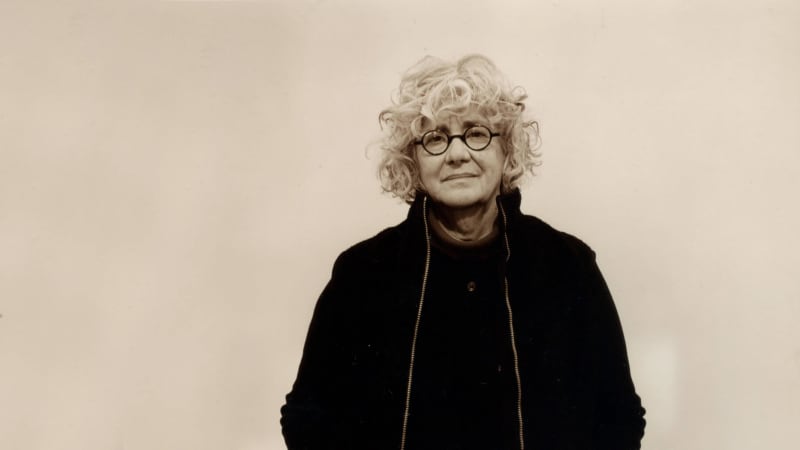Sean Scully makes abstraction bloom again The Washington Post reviews his show “Frame Painting” at the Philadelphia Museum . (This link opens in a new tab).
By Philiip Kennicott
(...)
Now there is an opportunity to see the full scope of Scully’s career in a generous and comprehensive survey of his painting since he emerged as a young partisan for abstraction in London in the early 1970s. “Sean Scully: The Shape of Ideas” opened in April at the Philadelphia Museum of Art, with more than 100 works, including some of his most monumental paintings, along with drawings, woodcuts, etchings and aquatints. It is a seductive show, and may convert skeptics, especially those who feel Scully has been too settled for too long in his personal comfort zone of big, brick-like grids of bold color.
(...)
Despite its title, “Frame Painting” is essentially sculptural, existing in a narrow plane of three-dimensional space. It also raises the central issues of abstraction that Scully would explore in his first decades: How strict a grid? How clean the lines? How to control the tension between surface and depth? Should all this be austere or sensuous?
(...)
Perhaps the most touching works in the Philadelphia show are those that suggest the longer arc of Scully’s career, from purity to messiness, rigidity to freedom, self-containment to self-expression.
The 2002 “Mooseurach,” named after a Bavarian town where Scully maintains a studio, has bits of red or salmon and blue and green peaking through the interstitial spaces of his darker, more somber-colored bricks. These hints of color suggest light and fire, sky and sunset, cold and heat, while also giving us a sense of the depth of color underneath the color. The particular presence of the brown or tan or white we see on a densely painted canvas is determined not just by the pigment or the light in the room, but by the colors beneath the surface color. So these glimpses of color are both metaphors for things in life and small indexical signs of how Scully creates those illusions. They are fantasy and process at the same time.
They also are worlds away from the strict, surface patterns of the artist’s early work, as if he has found freedom or release from the grid space he laid out a half-century ago. One thinks of Richard II’s speech in prison, as he tries to hammer out an imaginary world from his confinement. Like Richard, Scully has begot “a generation of still-breeding thoughts,/ And these same thoughts people this little world.”
That’s an impressive accomplishment for any artist: to escape their comfort zone without ever leaving it. The Philadelphia survey takes us along for that ride, and it’s a moving journey.














































































































































































